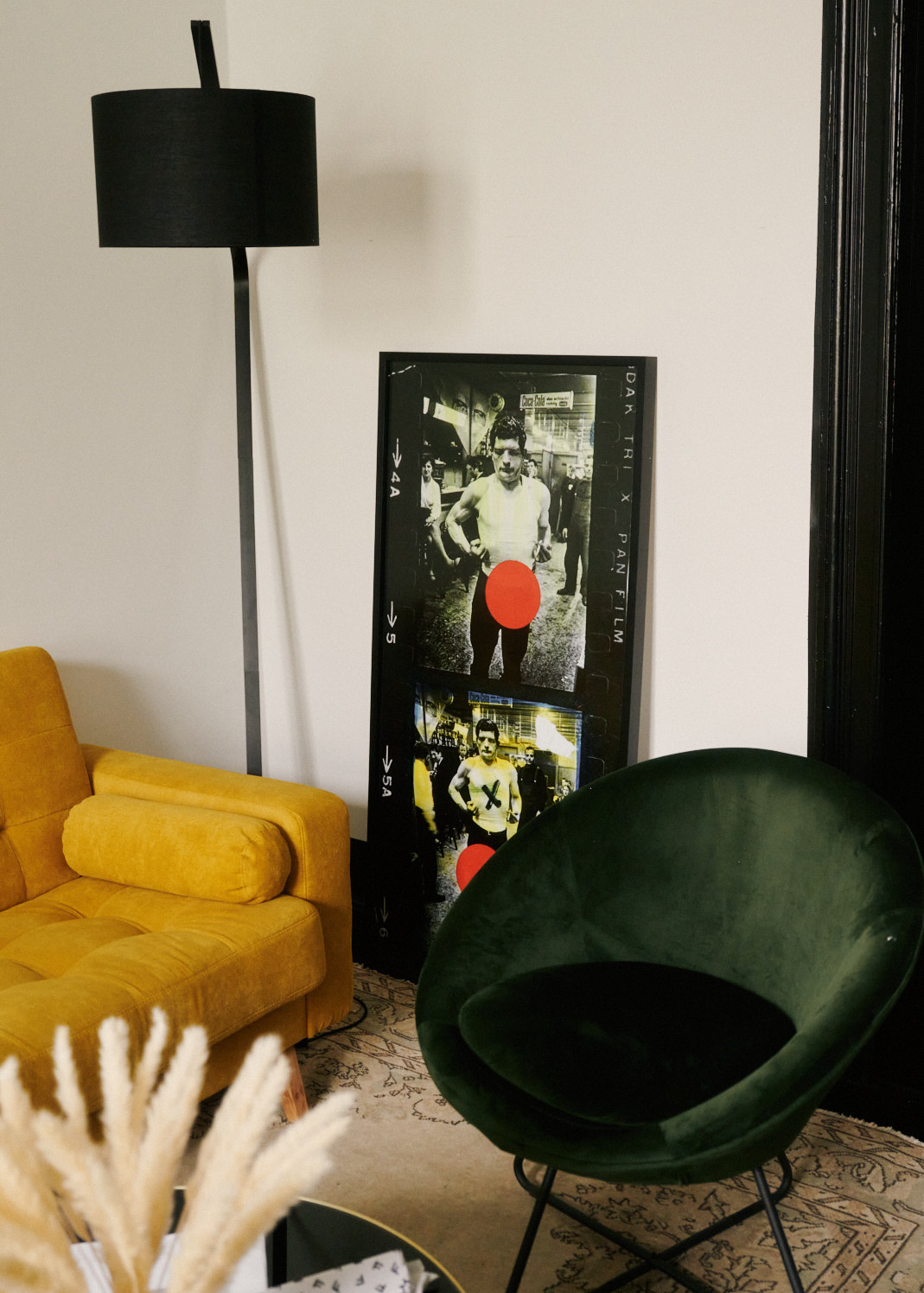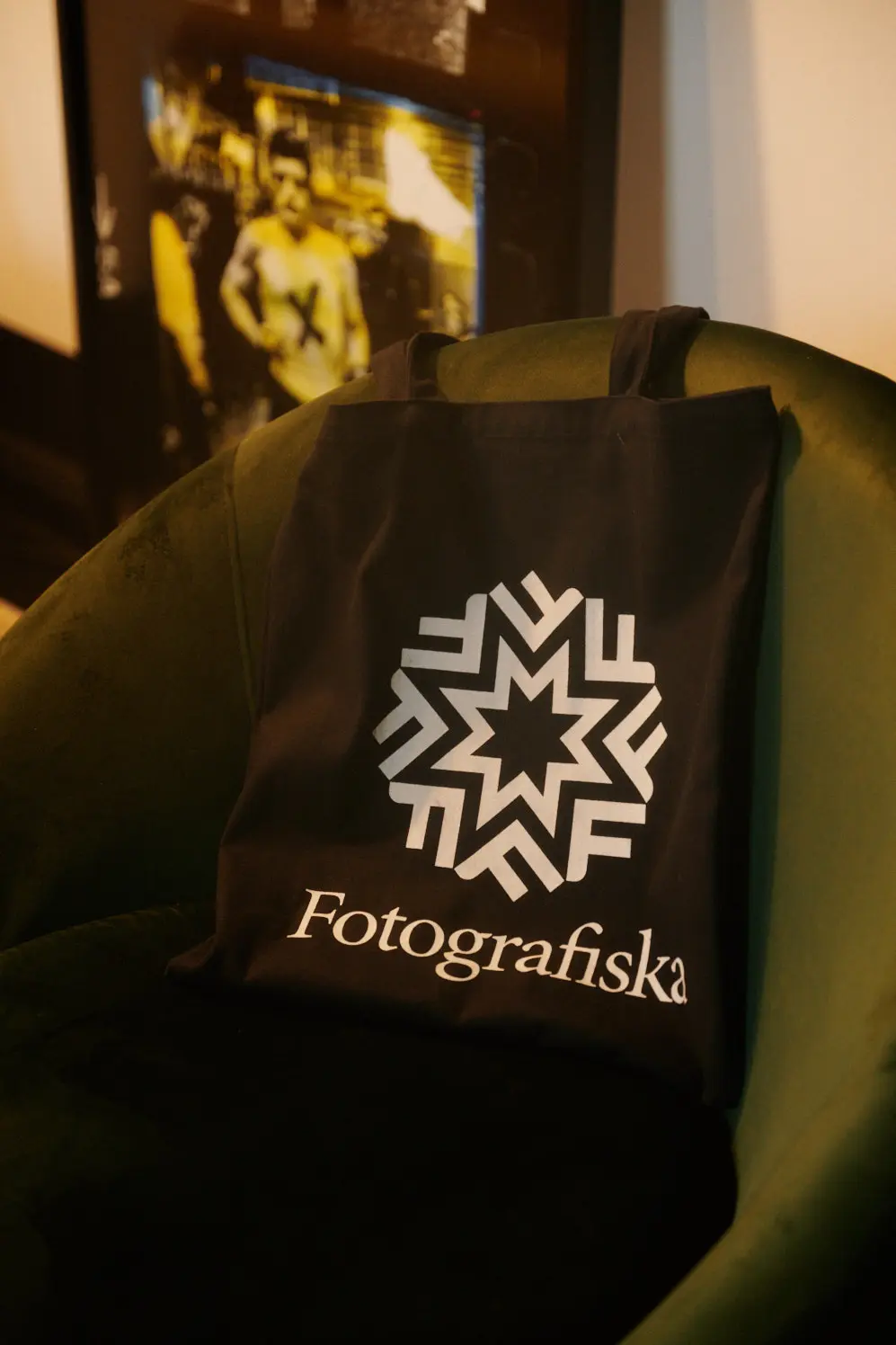In a world where the boundaries between art, commerce, and society keep blurring, exploring the intersection of fields and their transformative potential is more crucial than ever. For Fotografiska Berlin’s executive director, Yousef Hammoudah, this exploration has been the driving force throughout his 30-year career. Inspired by concepts of regeneration, resilience, and community, Yousef has dedicated his personal and professional journey to looking beyond surface-level interactions and fostering genuine connections through culture.
With a wide-ranging creative background—including music, television media, and collaborations with global brands—Yousef has witnessed the challenges individuals face in high-pressure environments and the detrimental effects of the lack of accountability within organizations. These experiences showed him the need for more responsible and inclusive interactions between culture and marketing, ideas he is now taking up in his role as the executive director of Fotografiska Berlin. With the city’s resilience, activism, and cultural diversity as a backdrop, Yousef envisions the museum as a platform where art and culture become catalysts for more inclusive and open world views.
In the run-up to the grand opening of Fotografiska, we visited its historic building and, accompanied by Berlin’s summer rain, spoke with Yousef about his love for the city, taking risks, and his unwavering belief in challenging the status quo.

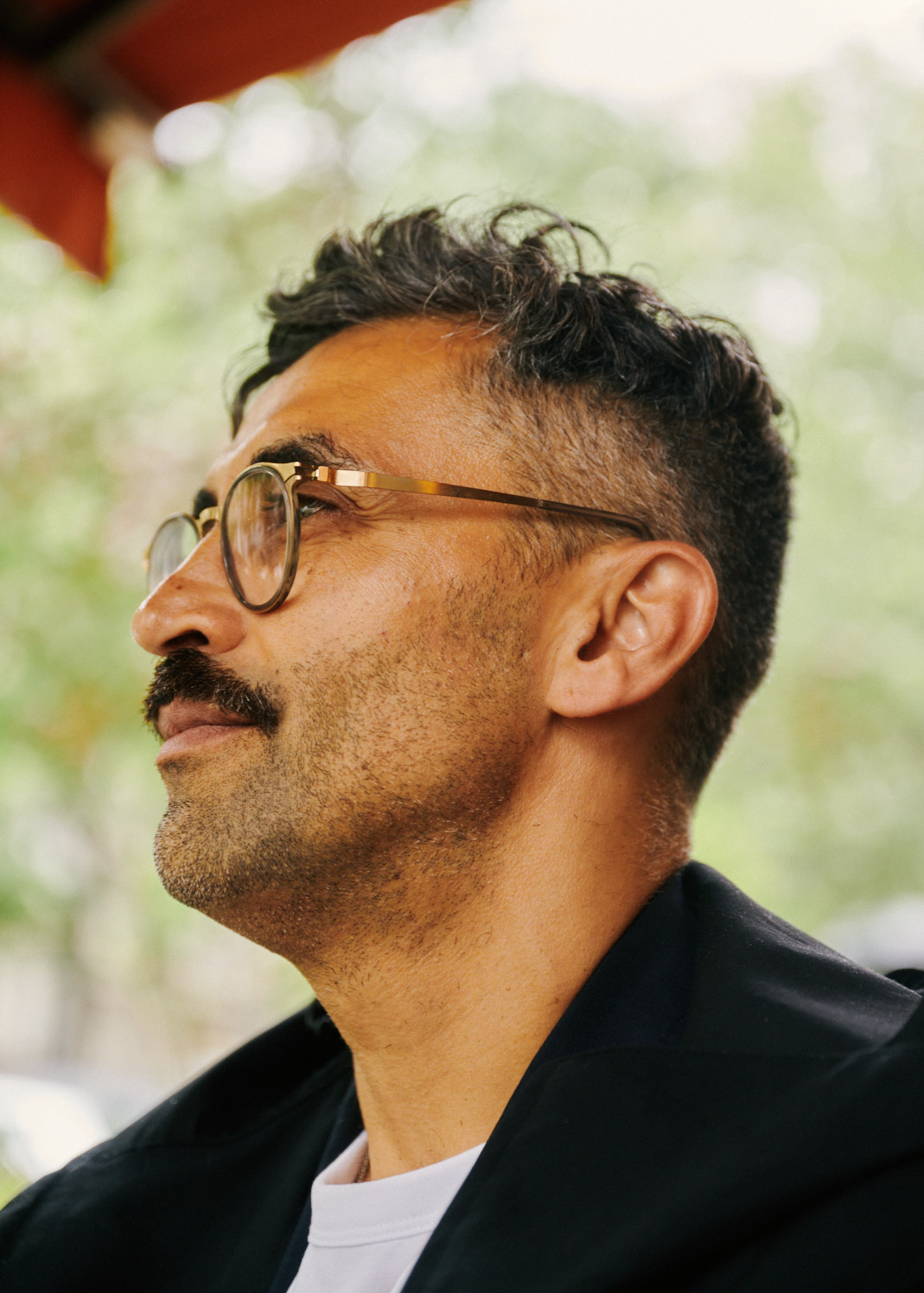
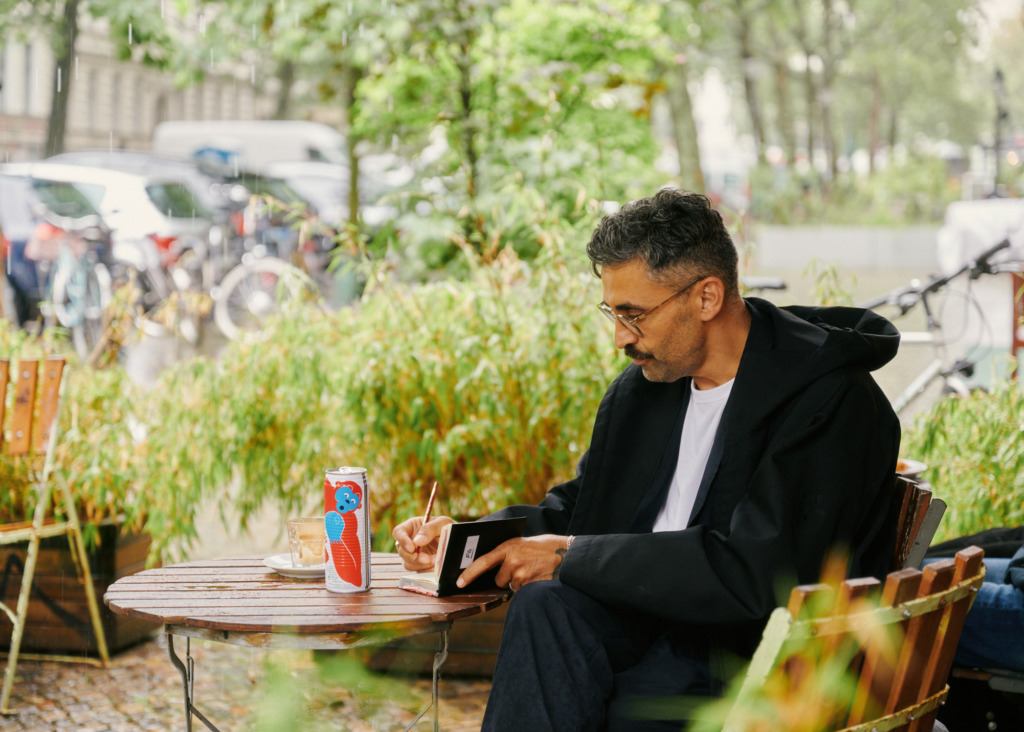
-
You have worked and written extensively about the intersection of culture and mental health. What inspired you to talk about this?
I was having challenges with my mental health because of the corporate environments I was inhabiting. In the last decades, especially since digitalization took off in the mid-90s, the pressure for people to perform, deliver and adapt to ever-changing requirements was so high. I saw so many people burn out—including myself.
I was also witnessing and being part of a process where brands and organizations would take little to no responsibility for their behavior in order to drive bottom-line results—be it the resources we take from the planet and people or how we’ve manipulated through marketing to make people constantly want to buy things. That behavior was something I wanted to change. Then, when working with Adidas, I had the great opportunity to apply different models and ways of doing things, which was successful. I realized it’s not about choosing between being responsible for the culture we use and share or being a profitable organization. It is possible to do both. After movements like MeToo and Black Lives Matter have gotten well-deserved attention, we are more driven to become a conscious society. People expect organizations and corporations to be more accountable. It is not an ‘either-or.’

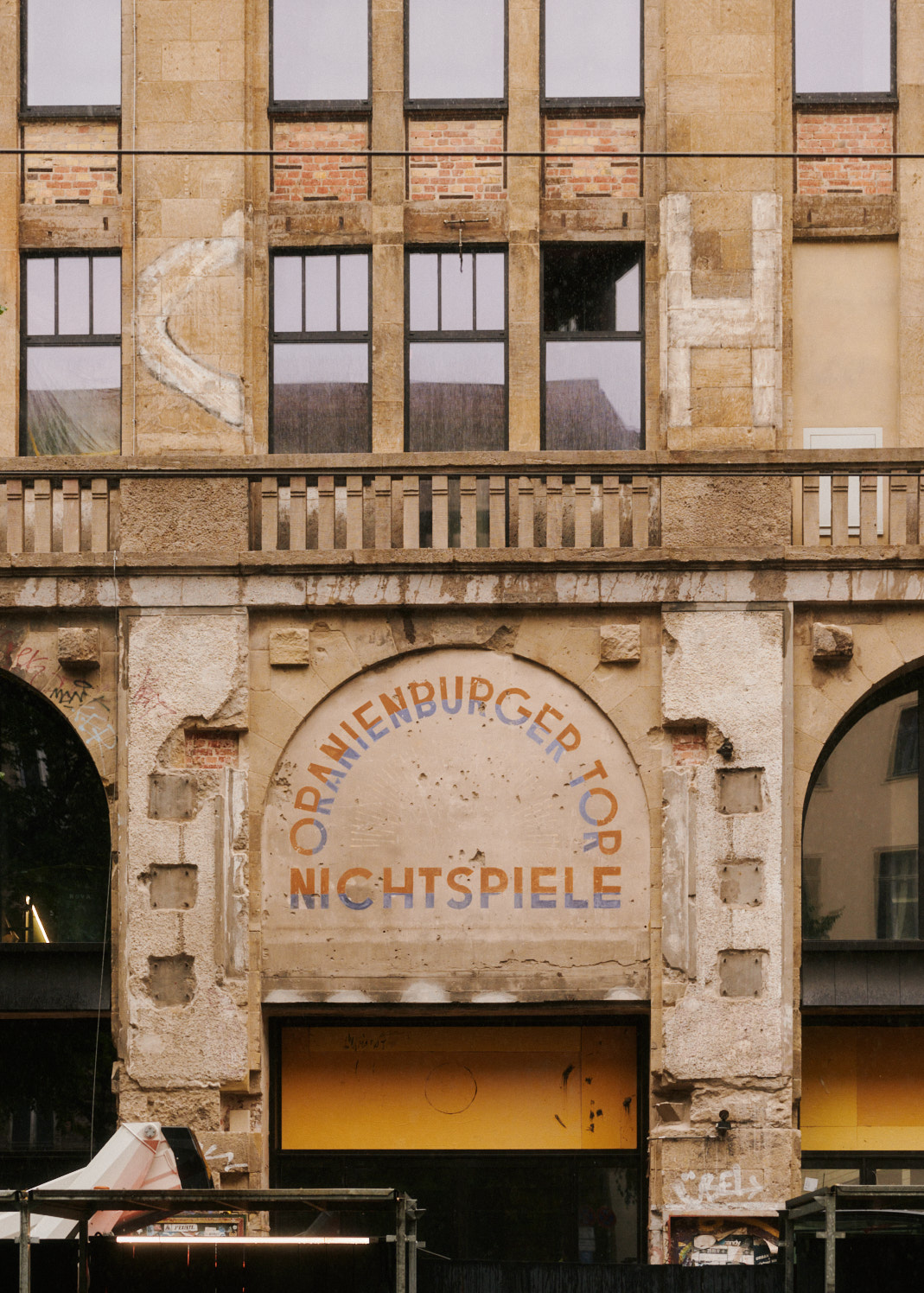
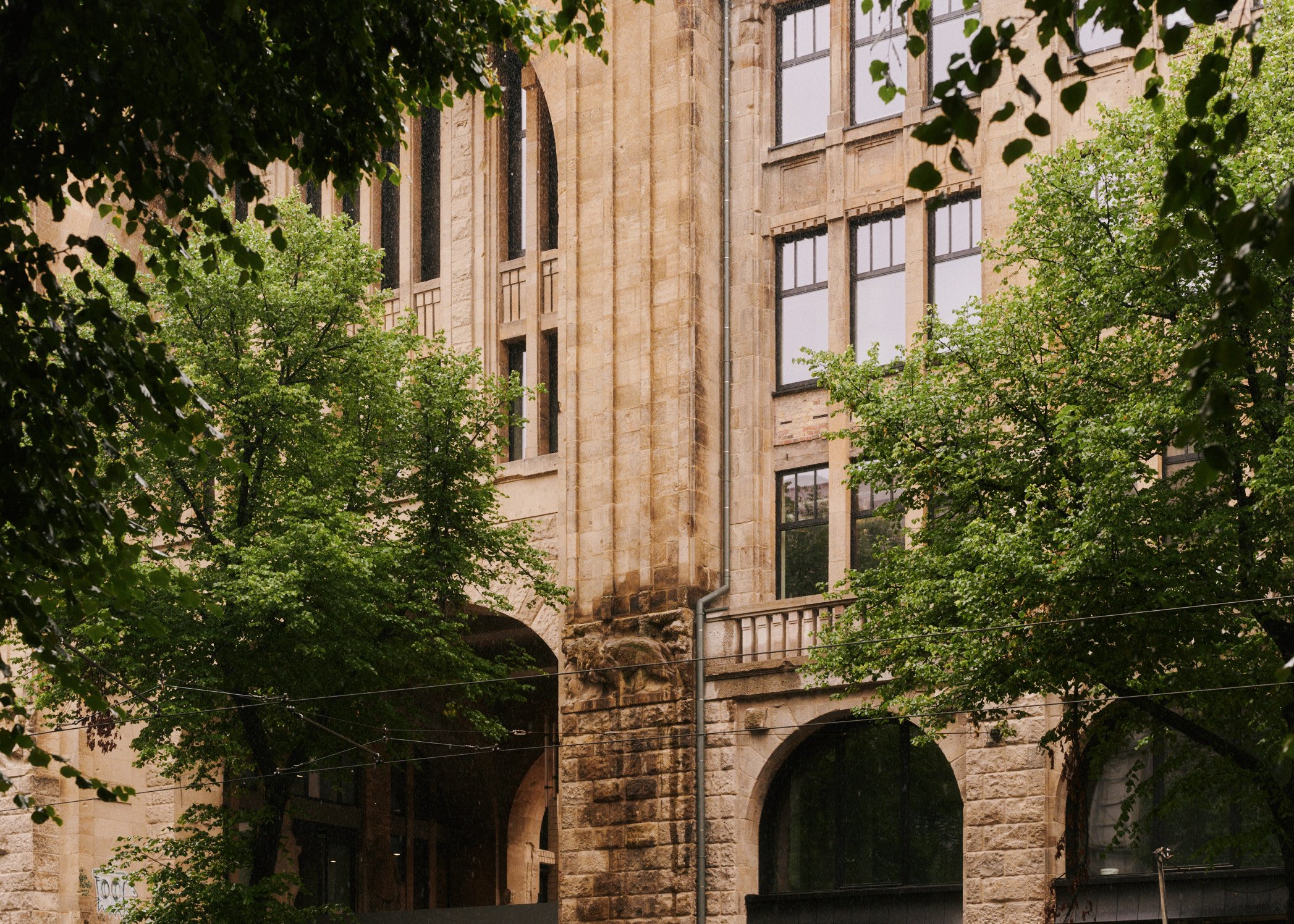
“We are aware of the responsibility that comes with this place. We’re not responsible for anything that happened before, but we know it’s a very important and dear place to the Berlin community of creators. We cherish that.”
-
How do you bring that idea of accountability and cultural transformation to a museum like Fotografiska?
The idea with Fotografiska is that we don’t utilize the culture to sell something that people might not even need or that only benefits the corporate industry. We provide a direct connection between the artistic expression of our arts community and our audience. We have been very mindful of the responsibility of the space we occupy in the city and how we engage with the Berlin community.
For example, leading to the museum’s opening, we invited hundreds of protagonists from various fields of the Berlin cultural landscape—art, curation, music, fashion, and design—to have a site tour, and explained the background of the building and our vision for it. We invited them to gather around food and to talk about their perspective on how Fotografiska could add value to the community. We called this the ‘Community Outreach Program.’ We listened to the recommendations from the community to shape a foundation that reflects the needs and ideas of the city. To be successful in the long run, we need to be of tangible value to the community and understand how to do that. We must engage with people, make them part of our story, get them into the house, and speak to them.
“To be successful in the long run, we need to be of tangible value to the community and understand how to do that.”



-
After these gatherings, how do you envision the role of community in the museum’s mission and experience moving forward?
We first created a framework of values and a mission, “Inspiring new perspectives for a more conscious world,” and then began recruiting our team with this in mind. We then asked them to look into their networks, the friends, and colleagues they believed could be interesting to talk with. With every event, we got additional recommendations. That’s how we are organically growing this idea of community.
Another way we want to engage with the community is to open the beautiful spaces we have besides the exhibition space—which is reserved for the artists that Marina and her team are programming—our fantastic ballroom, beautiful rooftop, and café. We are interested in people developing ideas for those spaces and creating public programs in collaboration with them.
Successful relationships are based on three steps: fun, mutual understanding, and growth. That’s the playbook by which we want to build our community.
-
You spoke about the building and its history, which has a lot of cultural value in Berlin. Could you talk about how this location has influenced the vision behind Fotografiska?
Berlin, as a city, has such an incredible history. It has gone through so many transformations. It is an incredibly versatile, resilient, activist, challenging, critical, and demanding place to live in. This building reflects that essence more than any other building in the city right now. It was built in 1907 and 1908 and has gone through significant transformations. It was one of the first shopping malls. When WWI started, it suddenly became like an academy for nurses; during WWII, it became the political office of propaganda, and part of it was a prison for French war prisoners. Later, it was one of the only cinemas in East Germany where you were allowed to watch Western films. The last population of the building was an artist’s community that lived here for 20 years, and now it has been empty for ten years. We have a building representing the rich history of 115 years of Germany and Berlin.
We are aware of the responsibility that comes with this place. We’re not responsible for anything that happened before, but we know it’s a very important and dear place to the Berlin community of creators. We cherish that.
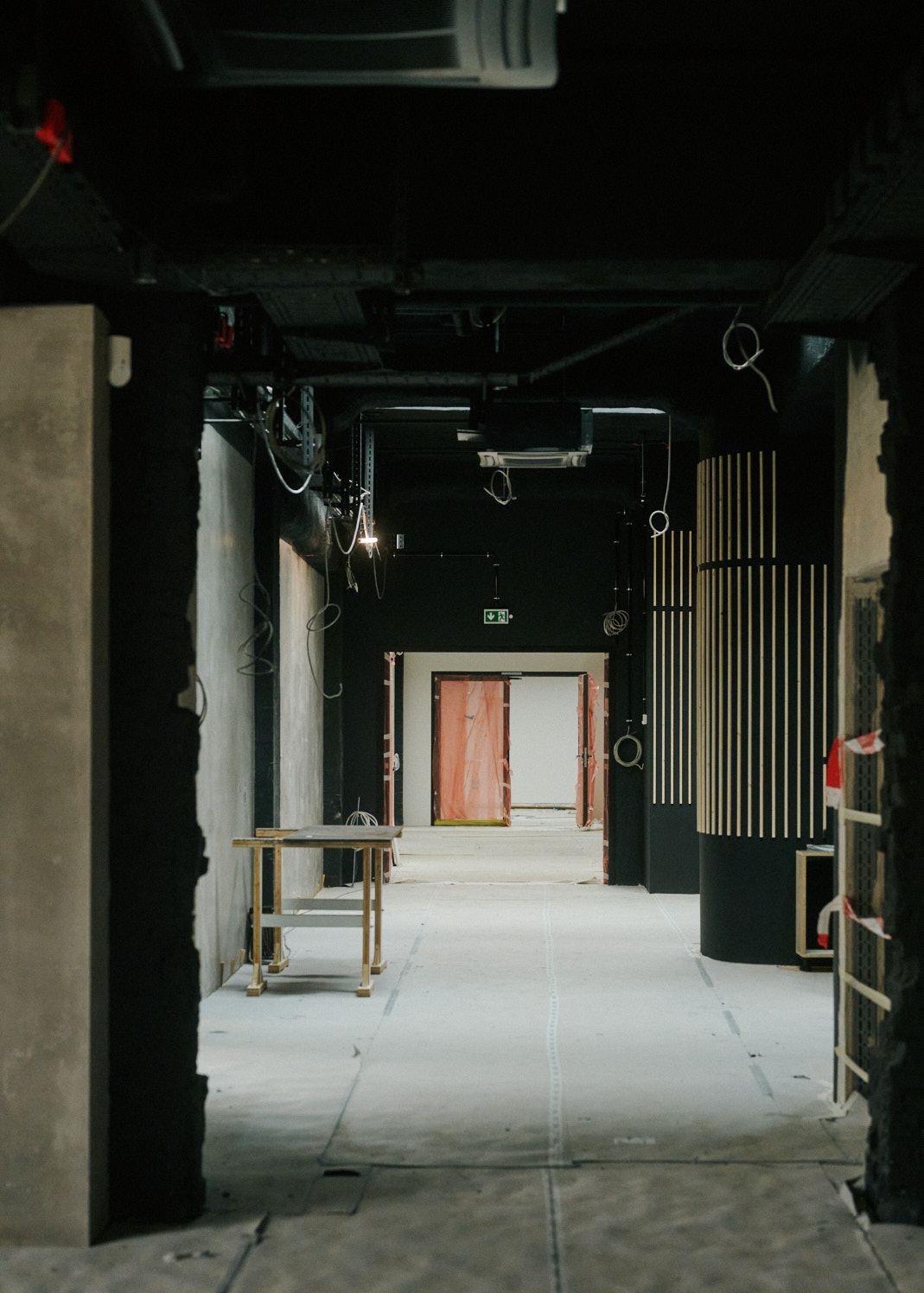


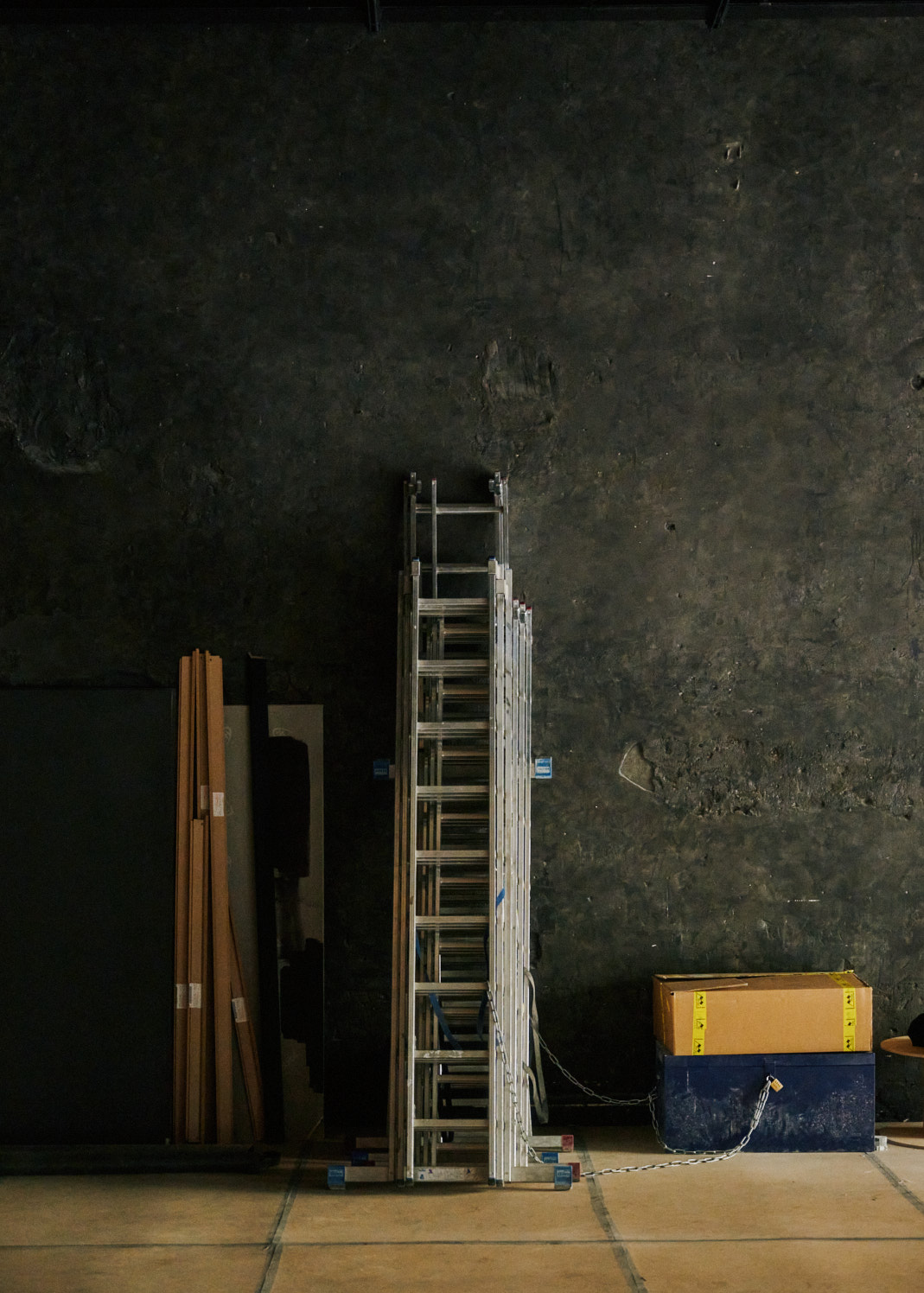




-
Were you ever hesitant about using this building?
When I got the offer to help build Fotografiska Berlin, I didn’t hesitate a second. I knew this would be a huge opportunity for the museum and the cultural landscape in Berlin. Fotografiska can be a platform for the many different creative scenes in Berlin to meet and crossover, and we really need that here, as every cultural niche in Berlin exists a bit too much in its comfort zone. At the same time, Photography has become the cultural language everyone understands. It’s the common denominator for all art forms and cultural genres—fashion, music, film, design, or architecture. Everything is communicated through photography. Fotografiska is a cohesive “operating system” to shape the next chapter of cultural development in that building.
-
You have been living in Berlin for over 20 years. How has your relationship with the city shaped your thoughts on culture?
Throughout my journey, I have always been interested in redefining and updating established structures. I’m interested in finding better solutions and question frameworks that have been there for so long. Berlin is a city that became a completely new place after the reunification. While Rome, Paris, London, all those big capitals in Europe have been like they are now for hundreds and hundreds of years, Berlin is just 20, maybe, like, hardly 30 years old, baby. So it’s evolving and changing so fast. It is precisely the kind of city that fits perfectly with my mindset of adapting quickly to changes. The last 20 years have been a beautiful ride where I could participate and engage with many communities, amazing people, and companies to drive meaningful change. The city’s mindset is progressive and inclusive, and I feel very safe and at home in this kind of climate. That’s why Berlin, to me, is a beautiful city to exist in.
I know there are reservations, and some people look at this critically. There’s always going to be. Still, so many people I have met over the last year have expressed how much they’re looking forward to finally adding this beautiful place to the rich cultural landscape of Berlin.
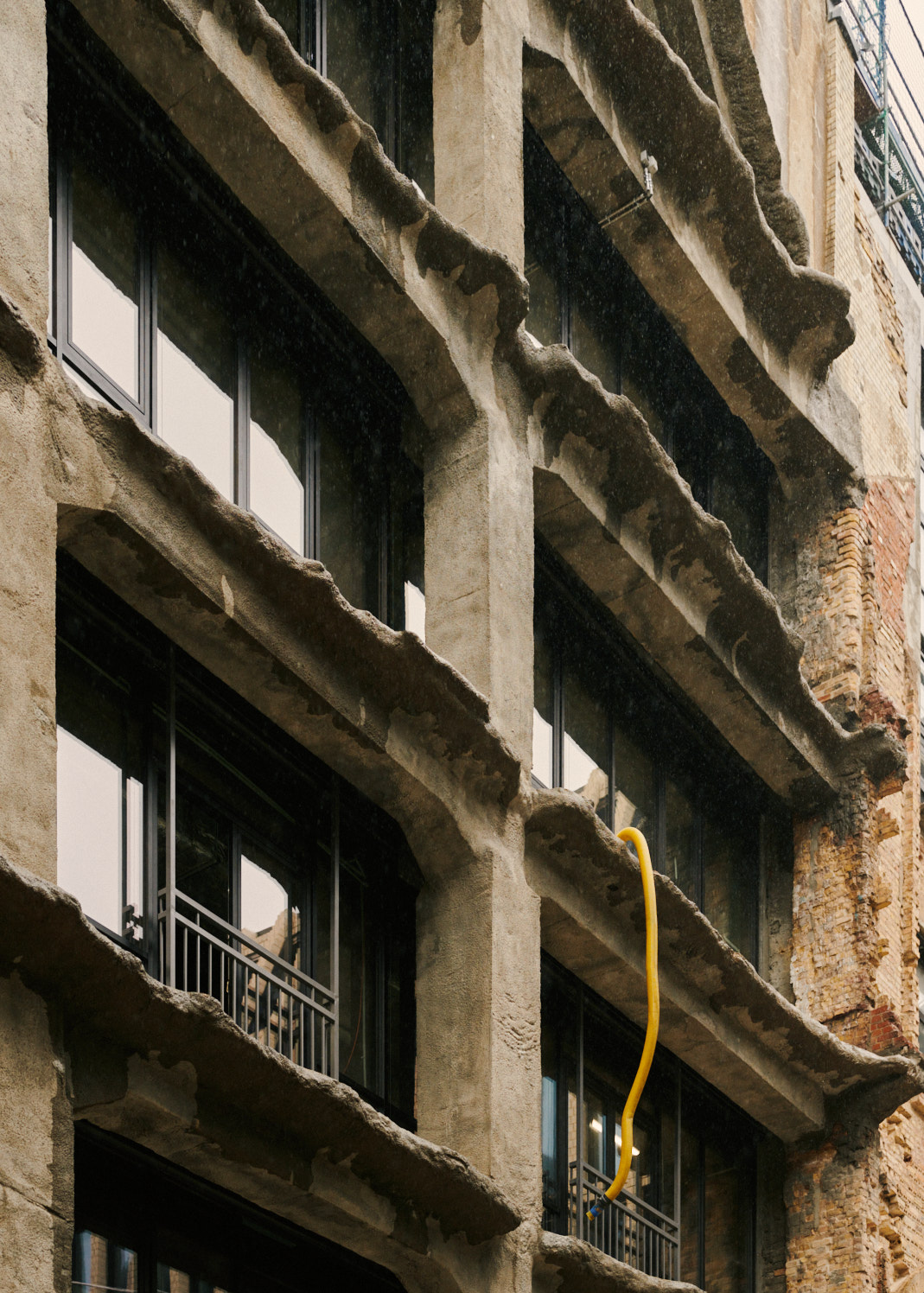
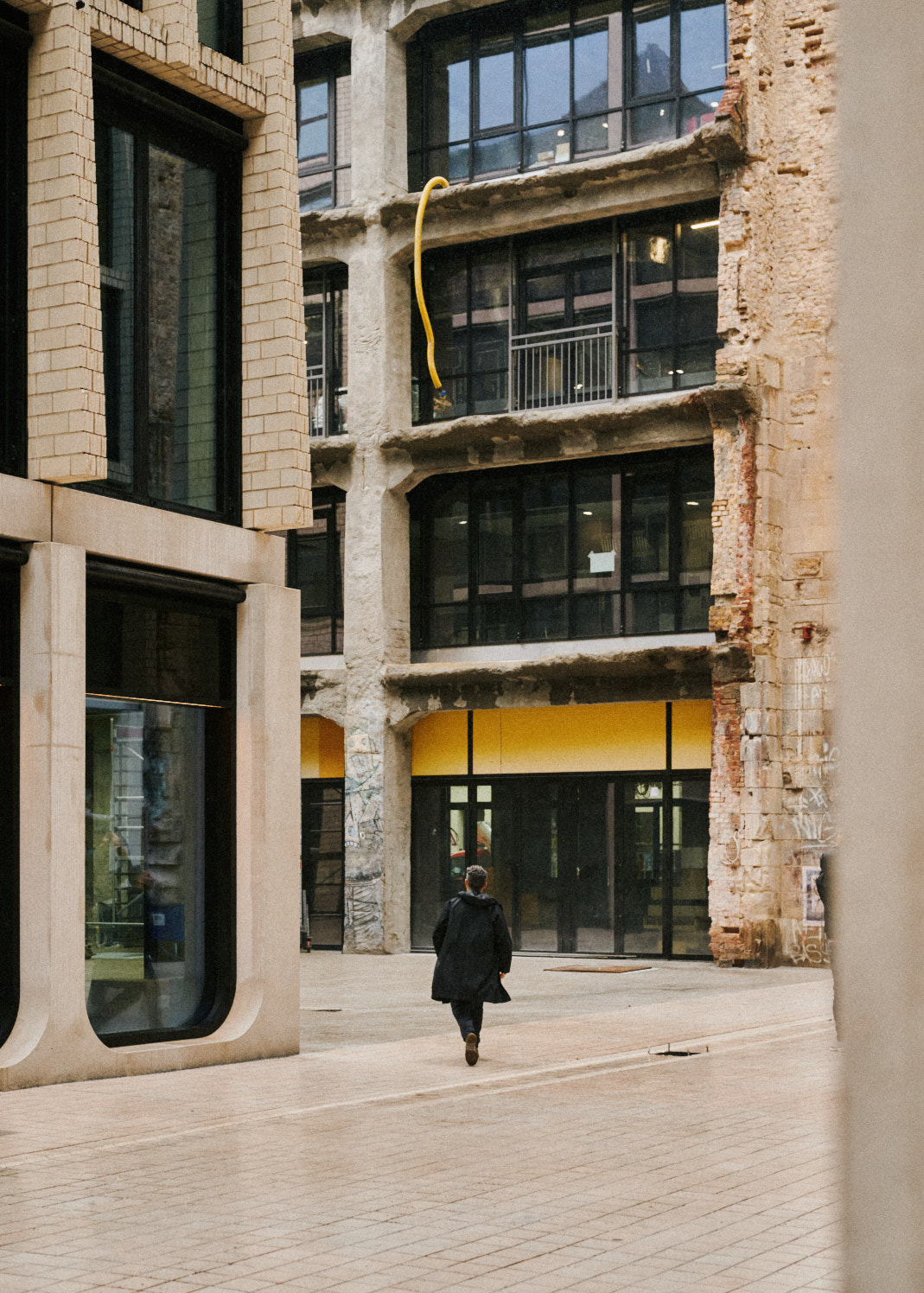

-
In September, you will be opening one of the three inaugural exhibitions of Fotografiska with Juliana Huxtable. Could you tell us a bit about this show?
Juliana is a boundary-pushing artist who explores various contemporary topics, including gender, ethnicity, identity, queerness, and sexuality, through her multidisciplinary practice. “–USSYPHILIA,” her new show, will be her largest solo exhibition in Europe to date. The exhibition will showcase a video installation, site-specific pieces, and a selection from her “Akimbo Spittle” series.
We will open with another solo exhibition by Candice Breitz in the space above Juliana’s show. With “Whiteface,” Candice challenges societal norms and assumptions by exploring the concept of white identity. Through her multimedia approach, she confronts the construct of whiteness and its implications, unraveling layers of privilege, power dynamics, and cultural appropriation.
There will also be a group show with 31 female-identifying artists—we will share more information soon, making our entire opening exhibition program female-only. In a world of culture and art so heavily influenced by male perspective, we want to create a bit of counter-balance by opening our museum with a female-only program.
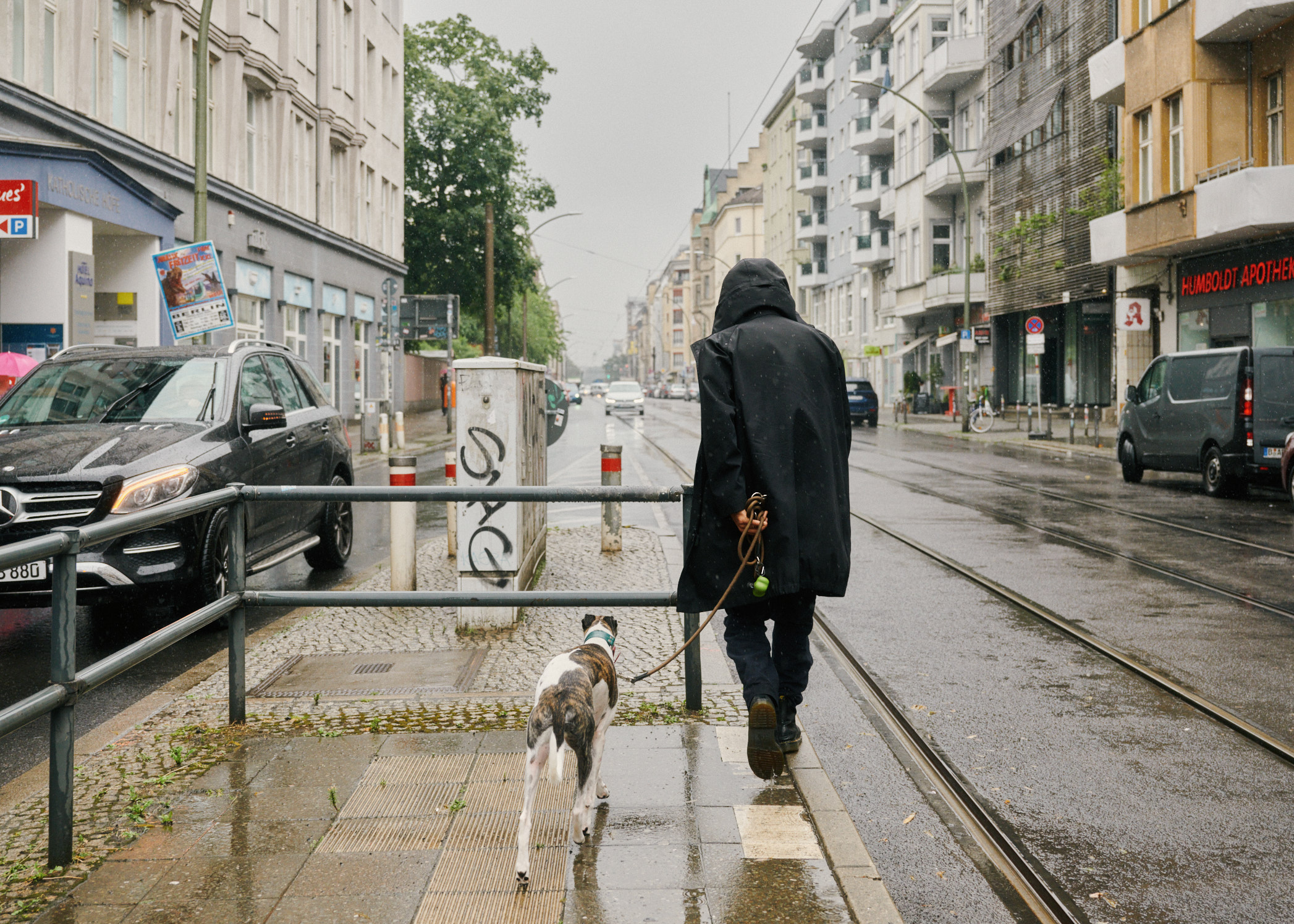
The city’s mindset is progressive and inclusive, and I feel very safe and at home in this kind of climate. That’s why Berlin, to me, is a beautiful city to exist in.


-
How has your personal exploration of the arts shaped your understanding of the world around you?
It has helped me at many different points in my life to challenge my convictions and to reveal misconceptions I had about some things. When the world was shaken by the death of George Floyd, all of a sudden, all corporations started to think about their integrity and inclusivity. Then they reached out to people like me—a person of color—to help them become more inclusive organizations. I took the opportunity to educate myself and realized that you must become aware of your unconscious biases. It’s challenging to achieve that only by sharing knowledge or telling people, ‘Hey, this is right, and this is wrong.’ But arts and culture shape your way of viewing the world. They affect your emotional system. They create a more effective, beautiful way to challenge or become aware of your subconscious biases. Culture and arts have helped me become the person I am now, and I like the person I am. Not because I think I’m perfect but because I have been working on my consciousness and mindfulness, which helps me be more beneficial to the community. I think that should be the place to start when opening a museum like Fotografiska.


“To be successful in the long run, we need to be of tangible value to the community and understand how to do that.”

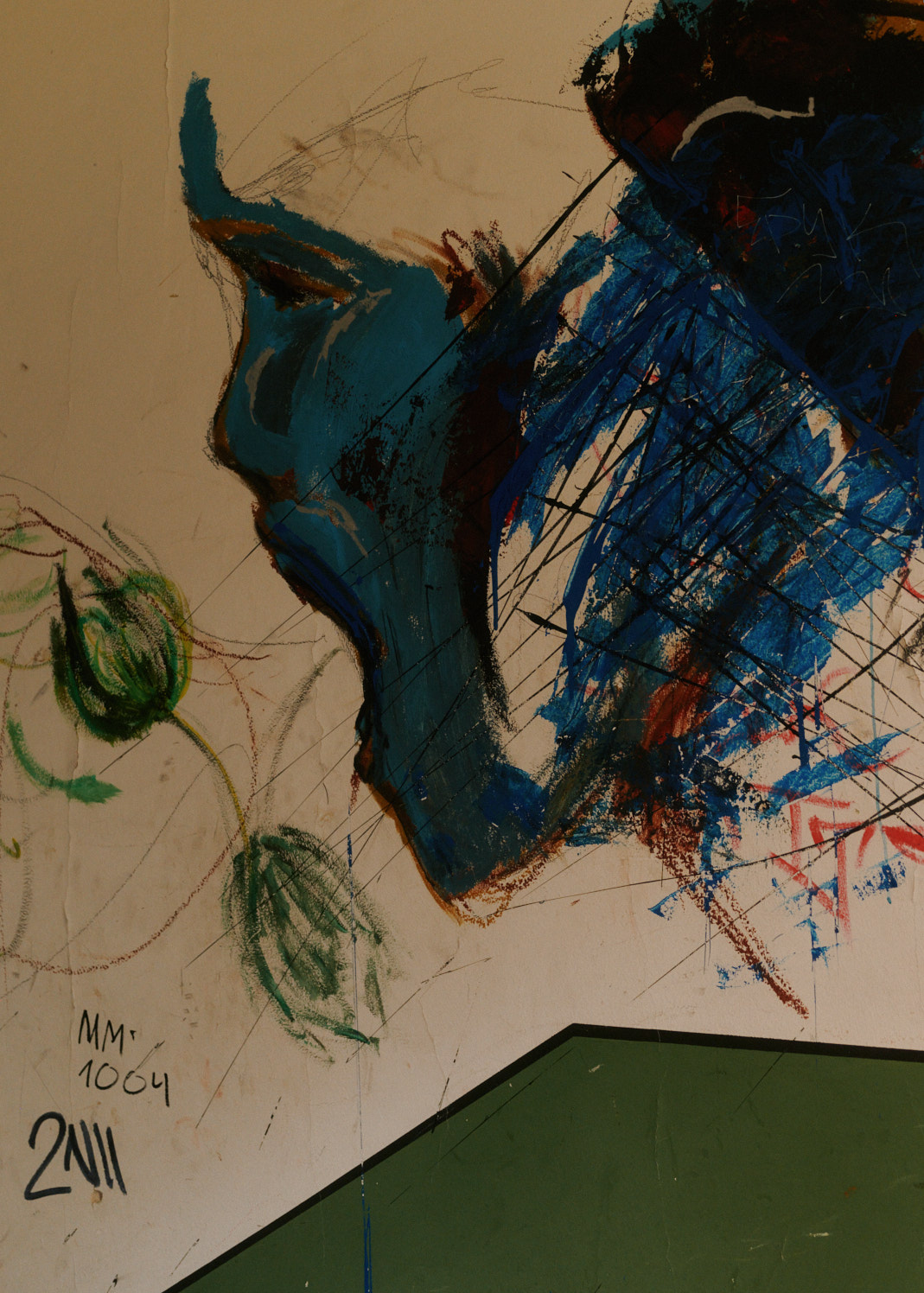

Yousef Hammoudah is the founding executive director of Fotografiska Berlin, where he focuses on building the organization, fostering a vibrant community, and nurturing a strong culture.
Fotografiska Berlin—the Contemporary Museum of Photography, Art and Culture—will open its doors on September 14th, 2023, with three inaugural shows comprising two solo shows: –USSYPHILIA by American artist and DJ Juliana Huxtable and Whiteface by Berlin-based artist Candice Breitz.
Keep an eye out for the ticket sales coming up this summer.
Interview and Text: Maria Paris Borda


